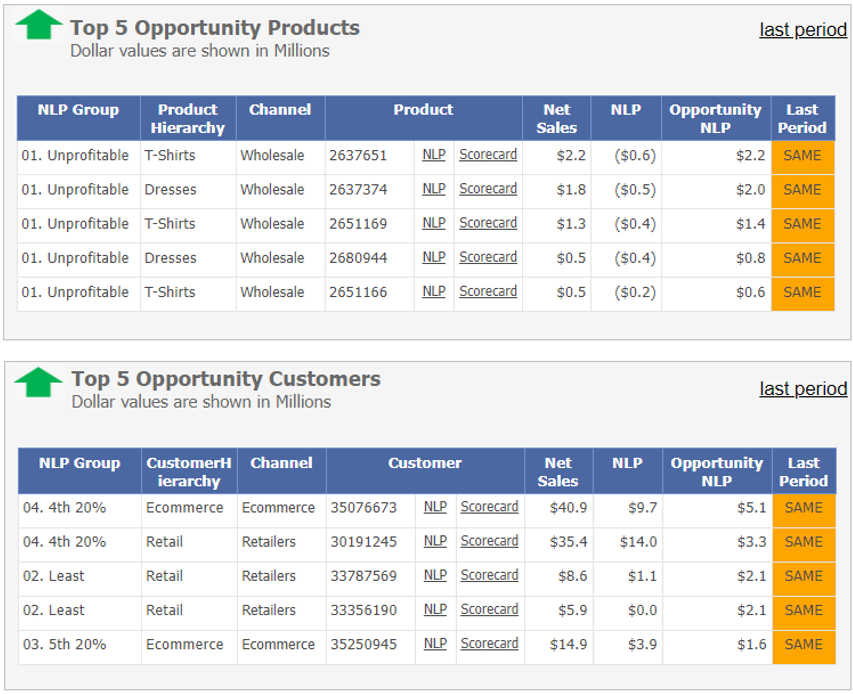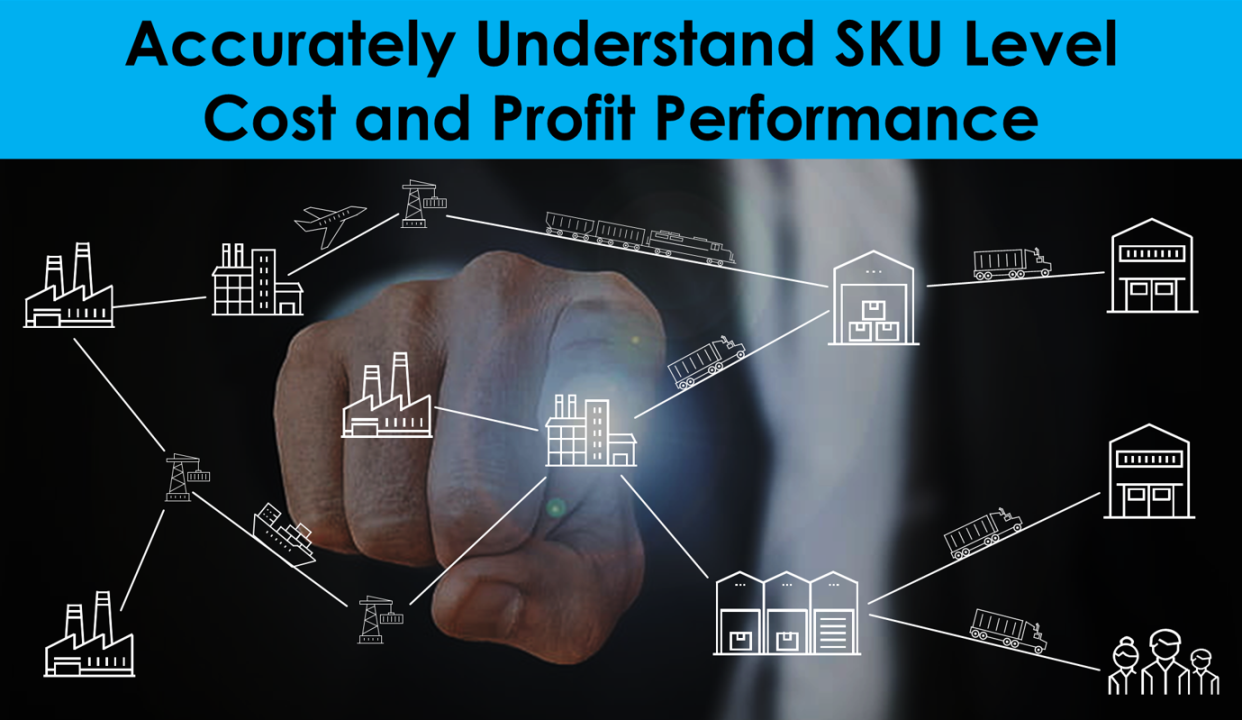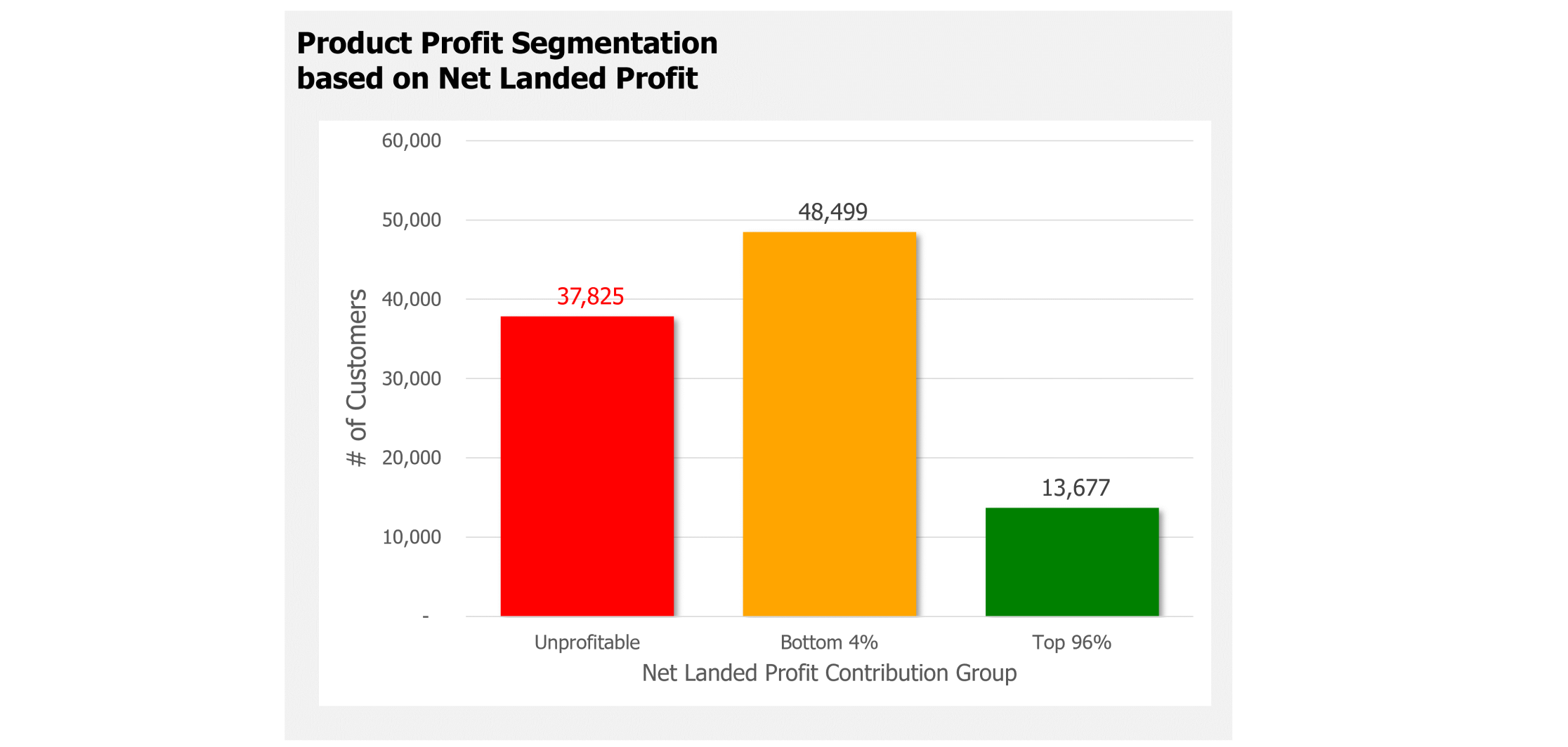
“I’ve experienced many technology implementation projects. Successful AI solutions recognize the need to quickly deliver significant value while minimizing resource requirements.”
Scott DeGroot • former VP, Global Planning and Logistics • Kimberly-Clark Corporation / Lecturer at the GSCI at the University of Tennessee
This is Part 3 of a series offering the following three tenants to avoid experiencing the Artificial Intelligence (AI) Hype Cycle:
- Have a clear, intentional focus on the business problem you want to solve using AI (not a solution looking for a problem)
- Create a foundation of repeatable data integrity to fuel your AI solution (garbage in / garbage out)
- Manage the adoption of AI/ML solutions to provide rapid, repeatable and actionable results (not boiling the ocean)
Capital and human resources investments in pursuit of AI solution can be significant. Selecting the right AI approach can be a daunting task. It is essential that guidelines are set for AI adoption journeys. The following three basic considerations can help guide companies manage the adoption of AI/ML solutions to provide rapid, repeatable and actionable results:
- Rapid Results – rapidly solving a critical business problem builds confidence and momentum in adopting AI solutions. Organizational disillusionment and reduced future investments arise when measurable results require extended deadlines.
- Repeatable Results – One time “project” approaches are difficult to justify. Starting with a well defined Pilot for a repeatable solution can significantly increase internal buy-in by demonstrating significant measurable value.
- Actionable Results – results have to be accurate, trusted and specific in order for the organization to take action based on the results. Otherwise, adoption of the solution will meet resistance and likely fail.
The following table is an example of actionable results from a rapid and repeatable solution. The table pinpoints the top 5 profit enhancement opportunities by specific SKU and channel.

The significant promise of the potential value of AI solutions is clear. The path for adoption that avoids the typical “Hype Cycle” should start with:
- A clear focus on the problem to be solved
- Investment in data integrity to drive the solution and
- Requiring strong, repeatable financial returns





























